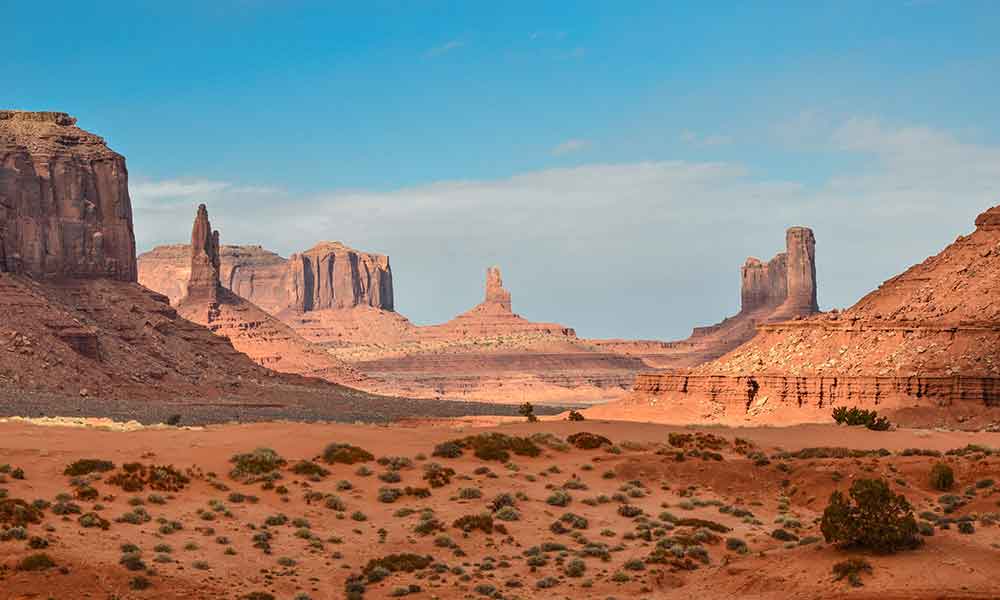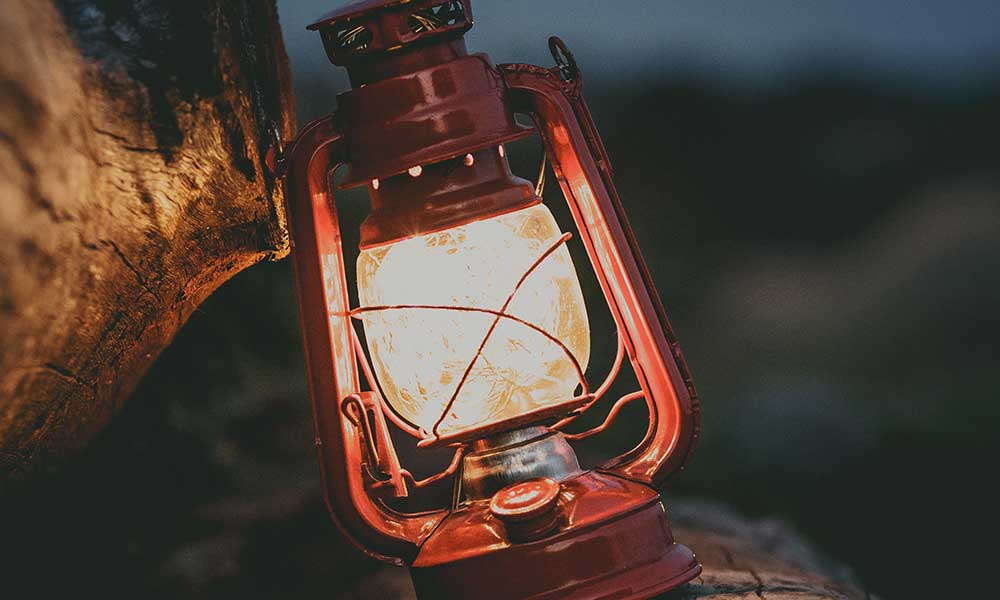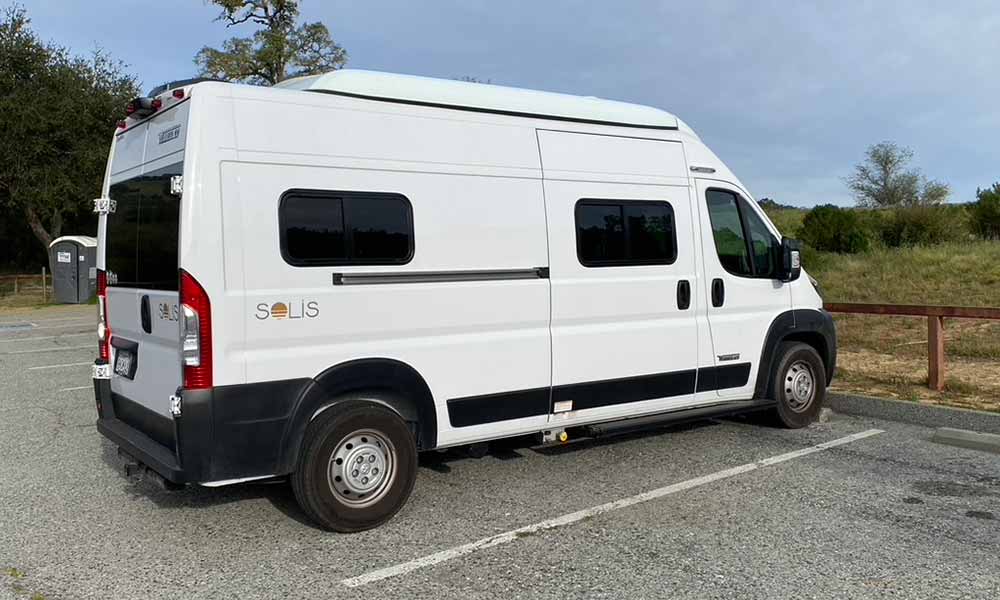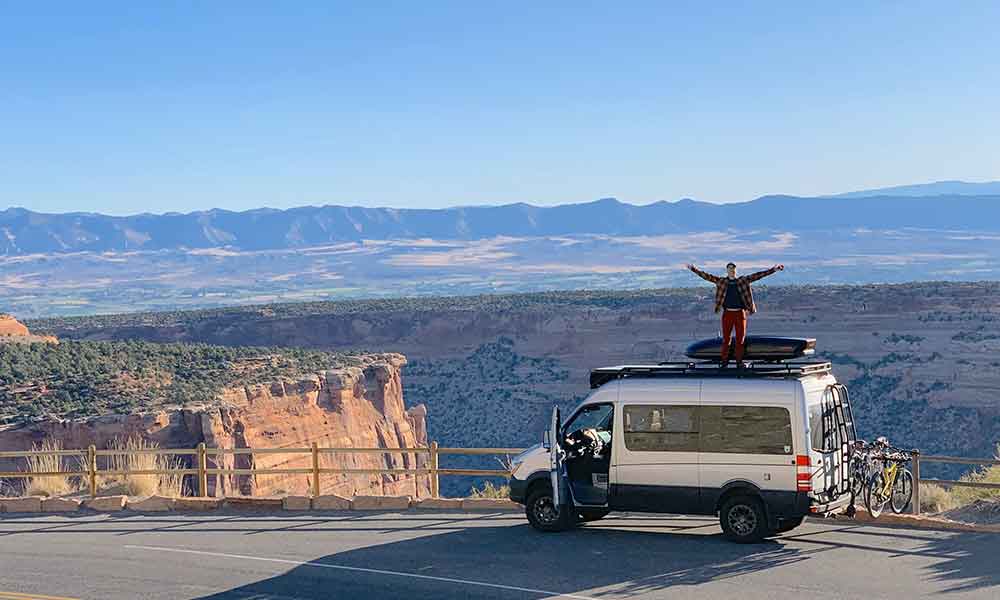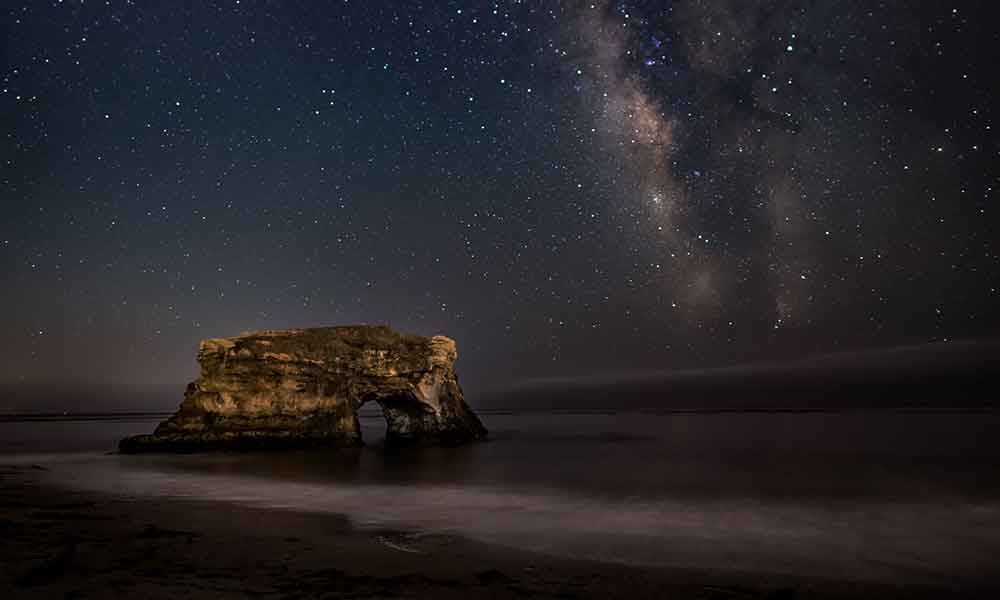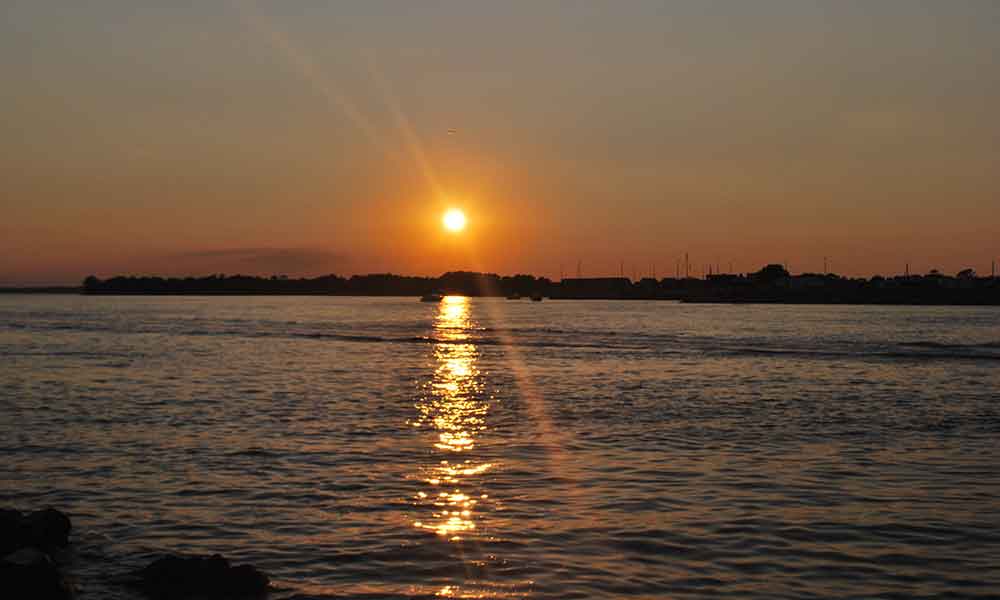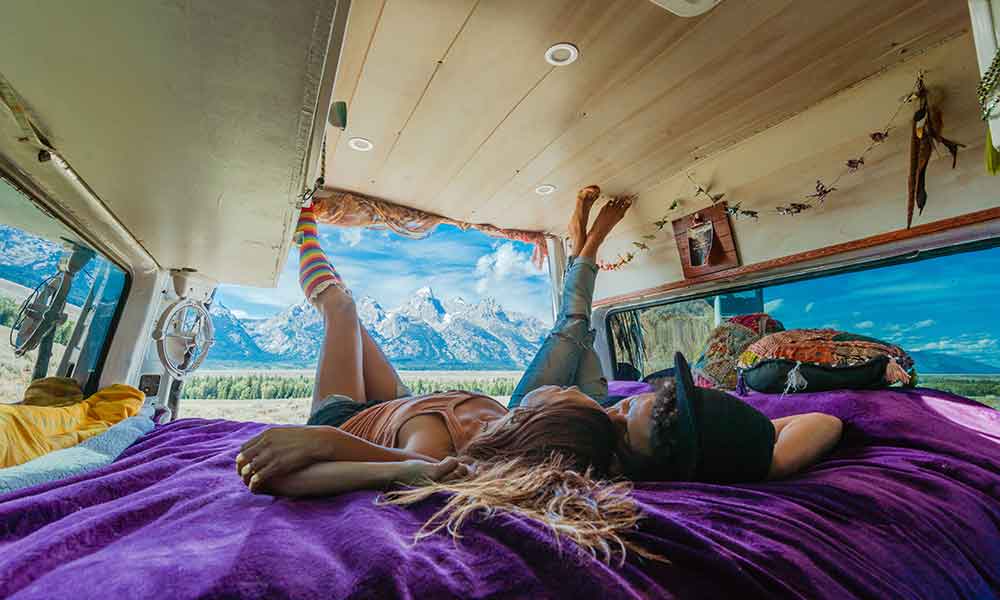The desert can seem like an endless, arid place to go camping, where you forego the lush overgrowth of a forest, replacing it with extreme temperature changes and unbearable heat. But the desert can hold some of the most incredible wildlife, plant life and natural beauty, and camping in the desert can be one of the most captivating experiences you’ll ever experience.
The best seasons for desert camping is spring and fall, avoid camping in the desert in summer. Always bring more water than you think you’ll need. Pack for extreme temperatures both hot and cold, and make sure your vehicle and tent are equipped for the desert.
Precaution should be taken when camping in the desert. There are a few risks that you may want to consider while planning your camping trip. The desert is home to many dangerous animals including snakes and scorpions, which can be venomous or even deadly. Another risk of camping in the desert is dehydration and heatstroke, to avoid this seek shade during the day and stay hydrated.
What To Pack For Camping In The Desert
When camping in the desert you may face some challenges that you have not encountered yet. Packing the right gear and essentials are key to a successful camping trip in the desert. Whether you’re on a trip to visit Joshua Tree National Park or Chiricahua National Monument planning ahead guarantees that you are prepared for any situation.
Here’s a list of essential items needed to camp in the desert:
- Tent
- First aid kit
- Lots of water
- Packaged snacks
- Sunscreen
- Closed toe shoes
- Backpack
- Cooler
- Clothing for cold and hot temperatures
- Hat
- Food
- Firestarter
- Sleeping Bag
- Lights
- Tarp
- Padding and ground net
- Sand stakes
How To Find The Best Place To Camp In A Desert
A desert can be defined as an area that gets less than or an average of 10 inches of rain per year. This means deserts are very dry but also have dried up rivers as well, and can be prone to flash floods. You’ll want to set up camp in a flat spot that isn’t near a dried river bank, to avoid flash floods.
The ground in the desert can be quite hard, and rocky. You’ll want to consider using a ground cover, or padding underneath your tent and find a relatively flat spot to pitch your tent.
If you’re camping in a sandy desert instead of a rocky desert you can use sand stakes, to help keep your tent secure. If you find an area that does happen to have some rocks, this can help create some shelter from the wind and sand.
Look for shade. If camping in a desert and the terrain offers some form of shade, it’s a good idea to pitch your tent in that spot. Using a tarp over your tent can also help keep it cool.
Tips For Desert Camping
Desert camping can be a unique experience. There are many different desert terrains depending on where you will be camping. Many modern desert campsites have ablutions, electrical points and RV sites, while others remain rustic with minimal amenities. Because the desert can be an extreme place to camp there are a few guidelines to consider while planning your trip.
Water Is Important, How Much Should You Pack?
The amount of water required for camping in the desert is two gallons per person. If you’d like to hike as well then you’ll need an extra 64 ounces per person per day.
This is not only used as drinking water but also to wash dishes and to cook with. Depending on the climate of the desert you are camping in, you may want to bring along more water, just to be safe. If your campsite has water, you won’t need to pack as much.
Research The Wildlife In The Desert
Deserts contain many dangerous animals, these include scorpions, spiders and snakes. If you research them beforehand you know what to look out for and can practice simple steps to ensuring you don’t get stung or bitten by any of them.
Shaking out your shoes, clearing up carefully, using a UV light to check for scorpions, keeping your tent zipped as much as possible and having a precautionary check before bed can help minimize the risk of running into any of the animals that could cause potential harm.
Get To The Campsite Before Nightfall
A desert at night can be intimidating. It can get very dark, making setting up even more challenging. You could also face extreme drop in temperatures and it can get very cold, and windy. If it’s windy the sand will be blowing, all your camping gear including your tent can get completely covered in sand making it more difficult to pitch your tent.
Wear Layers Of Clothing
Layers of clothing can keep you warm but also protect you from the harsh rays from the sun. Long sleeved shirts are the best at keeping the sun off your skin. Lighter colors will deflect sunlight. Closed toe shoes will prevent any creatures from biting you and a sun hat and sunblock will help keep you protected from being sunburnt.
Tools And Gear Are Essential
A durable tent, a few sand stakes and tarp can be some of the best things that you can pack for a desert camping trip. These items can help protect you from the elements and keep your tent secure. Tools like a pocket knife, extra rope and a compass can be brought along, in case you need them on your desert camping trip.
Avoid Direct Sunlight Between Certain Hours
When camping in the desert, its best to avoid becoming dehydrated or getting sunstroke. Avoiding direct sunlight between 10am and 4pm can greatly minimize your risk of this. Plan your meals accordingly so you don’t end up cooking in the midday heat. Early morning hikes are better than afternoon hikes and you’ll be less likely to dehydrate.
Make Sure Your Car Can Handle Desert Terrain
Depending on where you’re camping, your car needs to be equipped to handle some tough terrain. A simple servicing before the trip can ensure you aren’t stranded in the desert. Make sure your gas tank is full and you’re tires are up to standard to handle the desert before your camping trip.
Conclusion
Beautiful open skies, starlight nights and the warmth of a campfire are just a few reasons to camp in the desert. This unique landscape can also be a dangerous and scary place. With the right gear, preparation and lots of water your camping trip in the desert can be everything you imagined.
Although camping in this challenging terrain can seem terrifying, there is a lot more that camping in the desert offers compared to other campsites.

